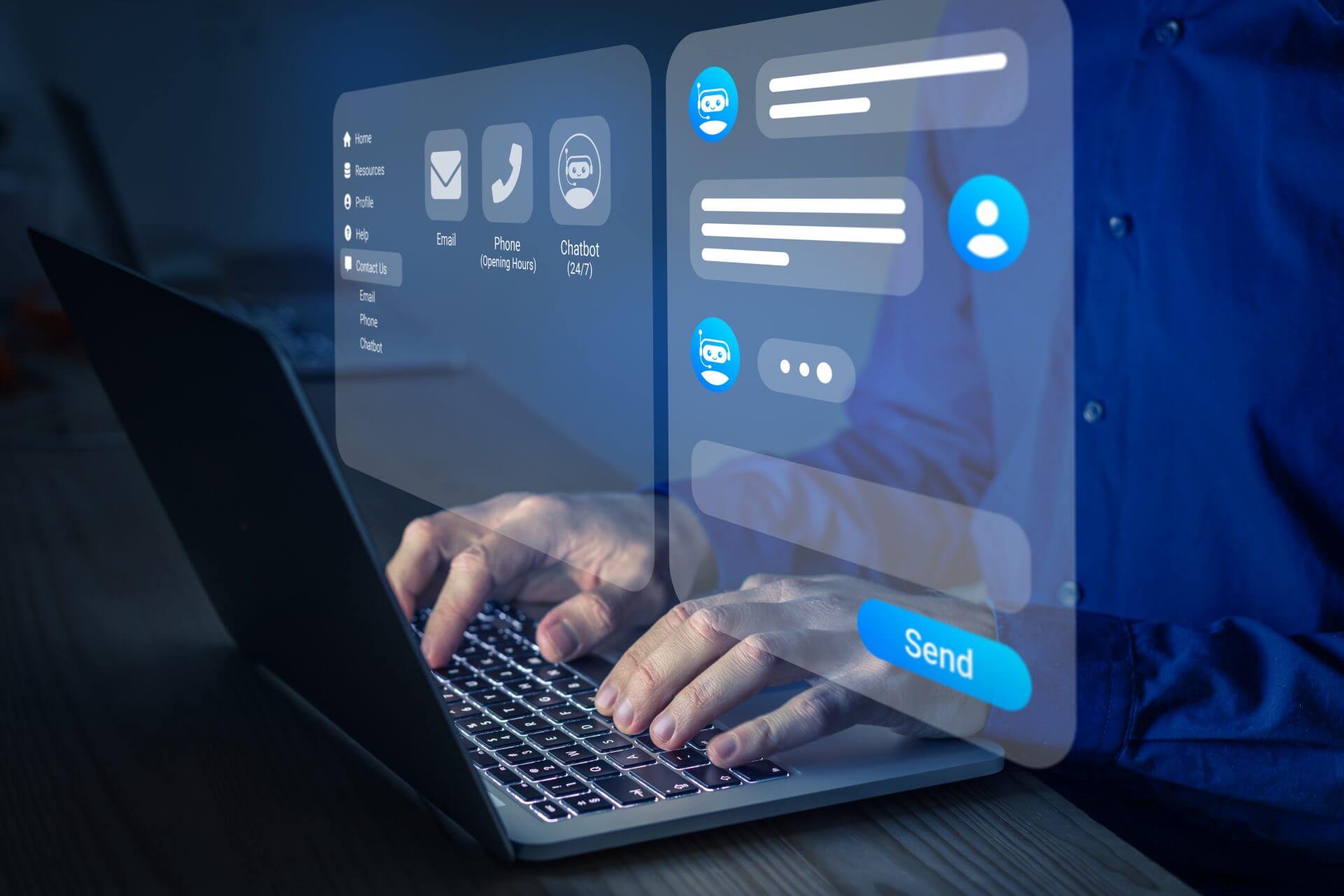
For customer support managers, few challenges are more urgent—or more daunting—than ramping up new agents quickly and effectively. Whether you’re scaling up or replacing outgoing staff, the longer it takes to get new hires up to speed, the more pressure it places on your experienced team—and the more risk you run of customer dissatisfaction.
The problem? Many B2B support teams are grappling with long ramp times, complicated tech stacks, and rising expectations from customers. Agents are expected to deliver fast, accurate, and empathetic support across multiple channels—often before they’ve had time to get comfortable in their role.
Let’s break down what slows onboarding down, and more importantly, what you can do to accelerate it—without cutting corners.
The Challenge: Long Ramp Times and Complex Tools
In today’s hybrid and remote work environments, support agents rarely have the luxury of extended, in-person training. At the same time, support platforms have grown more powerful—but also more complex. New agents must master a maze of ticketing systems, CRMs, chat platforms, knowledge bases, and analytics tools. And they need to do it fast.
Without a clear, guided path through this complexity, training becomes inconsistent, and agents are left to sink or swim. This leads to high turnover, frustrated customers, and burnt-out team leads.
What Support Managers Really Need
To build a scalable, effective onboarding process, customer support managers are looking for three things:
- Intuitive platforms: Software that’s easy to learn reduces the cognitive load on new hires and shortens the time to productivity.
- Guided workflows: Interactive tutorials, in-app prompts, and pre-built workflows make it easier to learn by doing.
- Access to internal knowledge: A searchable, well-maintained knowledge base acts as a safety net for new agents, letting them resolve questions independently without always leaning on tenured colleagues.
Combined, these elements can reduce onboarding time significantly and increase agent confidence from day one.
Ways to Speed Up Onboarding and Training
1. Design a Structured, Repeatable Training Program
Avoid ad-hoc training. Instead, create a standardized onboarding curriculum that covers your tools, processes, tone of voice, and escalation paths. Use e-learning platforms to deliver this content in digestible chunks that agents can complete at their own pace. Tools like Lessonly, Trainual, and Guru are popular options for support teams.
2. Integrate Training Into the Tools Agents Use Daily
Don’t make agents switch between platforms to learn and do their jobs. In-app guidance—like product tours, tooltips, and checklists—helps them learn by doing. Take advantage of your customer software platforms’ integrations with other popular tools including Jira, HubSpot, and Salesforce so you can seamlessly connect data without having to toggle between apps.
3. Encourage Peer Shadowing and Mentorship
Even in remote environments, shadowing experienced agents is one of the fastest ways to learn. Pair new hires with seasoned mentors, and let them listen to calls, review resolved tickets, and ask questions in real time. This builds team cohesion and speeds up experiential learning.
4. Keep Knowledge Bases Updated and Easy to Navigate
Polish and prioritize internal documentation. Use tags, smart search, and embedded multimedia to make content easier to find and understand. A good knowledge base reduces interruptions to senior staff and empowers new agents to work independently sooner.
5. Track Progress and Collect Feedback
Use analytics to monitor how long it takes agents to complete training milestones, and where they may be getting stuck. Pair this with qualitative feedback to continuously improve your onboarding program. The more data you collect, the more you can optimize the experience.
Bonus: Prepare Agents for the Long Haul
Fast onboarding shouldn’t come at the expense of long-term performance or job satisfaction. Today’s support issues are growing more complex, and agents need ongoing training to keep up. To reduce burnout and turnover:
- Offer training refreshers and upskilling opportunities.
- Create a feedback loop where agents can suggest improvements to workflows or documentation.
- Invest in tools that reduce repetitive tasks, like AI-powered ticket triage or auto-responses, so agents can focus on meaningful work.
Getting new support agents up and running quickly is critical for delivering great customer experiences—but it doesn’t have to be a struggle. By simplifying tools, embedding training into daily workflows, and providing access to internal knowledge, support managers can build a scalable onboarding process that equips agents to thrive from day one.
Invest in your onboarding strategy today, and you’ll not only reduce ramp times—you’ll boost team morale, customer satisfaction, and your bottom line.


